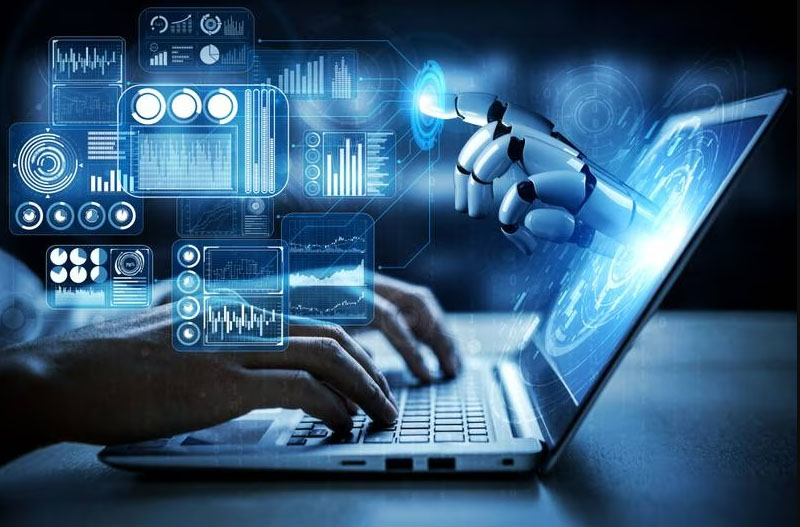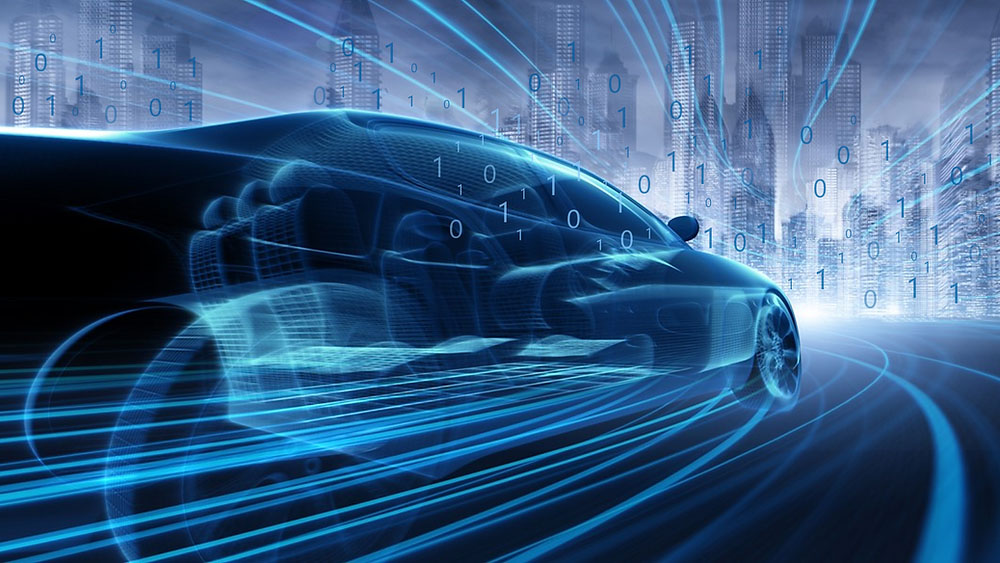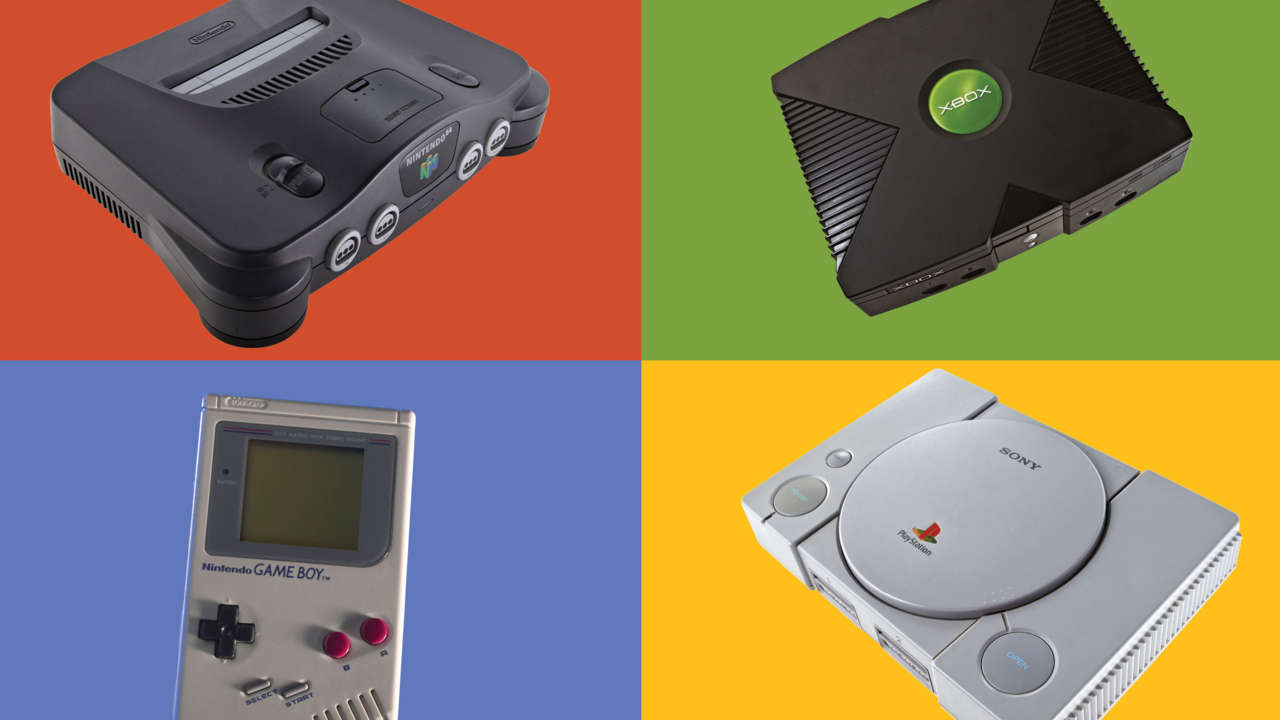The Pros and Cons of Cloud Gaming: Evaluating Its Future in Gaming
Published Tuesday, August 13, 2024 By TechRant Staff

Cloud gaming has emerged as a significant trend in the gaming industry, promising an accessible, high-quality gaming experience without the need for expensive hardware. It’s a compelling prospect for gamers who want the flexibility to play on various devices, from smartphones to laptops, without sacrificing performance. With the promise of high quality and convenience, cloud gaming is poised to potentially reshape the landscape of the gaming world.
Despite its advantages, cloud gaming is not without its drawbacks, particularly in terms of latency and internet dependency. These technical challenges can affect gameplay, making the experience less enjoyable for those without robust internet connections. Understanding both the benefits and potential issues of cloud gaming is crucial for anyone considering whether it represents the future of gaming.
The promise of cloud gaming lies in its ability to democratize access to high-end gaming experiences. This technology enables users to play graphically intensive games on devices that traditionally wouldn’t support them. Evaluating the pros and cons further will help determine the viability of cloud gaming as the primary mode of gaming in the future.
The Evolution of Cloud Gaming
Cloud gaming has gone through significant changes since its inception, evolving from experimental concepts to a competitive industry with promising future prospects.
Historical Milestones
Cloud gaming began gaining traction in the early 2000s. Services like OnLive and Gaikai were some of the first to demonstrate the feasibility of streaming games directly to users. These platforms laid the groundwork, proving that games could be delivered and played remotely.
As internet speeds and connectivity improved, major tech companies started investing in cloud gaming. Sony acquired Gaikai in 2012 and integrated it into PlayStation Now, a service that allowed users to stream games to their PlayStation consoles and other devices. Other players like Nvidia introduced GeForce Now, pushing the boundaries of performance and accessibility.
The launch of Google Stadia in 2019 marked a significant milestone. Google aimed to leverage its global infrastructure to offer high-quality streaming for AAA games. Amazon followed with Luna in 2020, emphasizing seamless integration with its ecosystem.
Current State of the Industry
Today, cloud gaming is supported by several major platforms. Microsoft’s Xbox Cloud Gaming (formerly Project xCloud) integrates with Xbox Game Pass, offering a library of games accessible via the cloud. Nvidia’s GeForce Now boasts a robust library and compatibility with various digital storefronts, appealing to PC gamers.
Sony’s PlayStation Now continues to be a strong contender, offering a mix of streaming and downloadable content for gamers. Google Stadia and Amazon Luna have refined their services, addressing earlier technical challenges and expanding game libraries.
The industry benefits from major advancements in internet speeds, reduced latency, and widespread adoption of 5G technology. These improvements make cloud gaming more viable and appealing to a broader audience. Subscription models also play a crucial role, offering gamers affordable access to extensive libraries.
Potential Future Developments
Looking ahead, cloud gaming is poised to leverage advancements in technology to deliver even better experiences. The rollout of 5G networks worldwide promises lower latency and higher bandwidth, essential for smooth and responsive gameplay. Edge computing could further reduce latency by processing data closer to users.
Integration with virtual and augmented reality could create immersive gaming experiences that were previously unimaginable. Companies may also explore new monetization strategies, such as tailored subscription plans and exclusive content.
Collaboration between industry giants might result in unified platforms, offering gamers greater flexibility and choice. As technology and infrastructure continue to evolve, the potential for cloud gaming to revolutionize the gaming industry becomes increasingly tangible.
Understanding Cloud Gaming
Cloud gaming transforms traditional gaming by allowing users to play high-quality games on almost any device, using powerful servers to stream game content. It enables access to extensive game libraries without requiring high-end hardware.
Defining Cloud Gaming
Cloud gaming is a service that delivers video games to players via the internet. Instead of running games on a local device like a console or PC, the games are hosted on remote servers. Players interact with games through streaming, similar to how they would with video services like Netflix. This gaming model leverages high-speed internet connections to offer seamless experiences. The primary benefit is the elimination of the need for physical game copies or downloads, enabling instant gameplay.
How Cloud Gaming Works
Cloud gaming relies on a network of powerful servers that run the games and handle all the computational heavy lifting. When a player initiates a game, their device sends input commands to the server. The server processes these commands, renders the game’s graphics, and streams the resulting video back to the player’s device. This method requires a stable and fast internet connection for minimal latency and to ensure a smooth gaming experience. By offloading processing tasks to the cloud, players can enjoy graphically intensive games on modest hardware, making high-quality gaming more accessible to a broader audience.






















